Baheda : Health Benefits Of Churna, Fruit, Bark
Baheda scientifically known as “Terminalia bellerica Roxb” is found extensively throughout the Indian subcontinent and extent from Sri Lanka, and South-East Asia to Bangladesh. Baheda is known by various names in India such as “Bibhitaki” Baheda etc. It is considered one of the important herbs of Ayurvedic medicine.
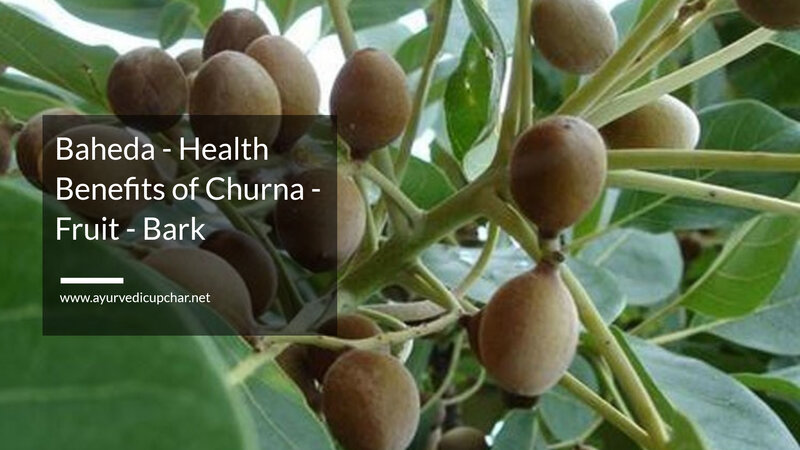
It is a fruit that is used popularly in the Indian herbal Rasayana called Triphala means a mixture of three fruit ingredients. Triphala is a mixture of three fruits Amalaki (Emblica Officinalis), Bibhitaki (Terminalia belerica), and Haritaki (Terminalia chebula) which are blended to powder.
Baheda is a fruit that is used as a traditional remedy in various parts of India for mind-altering elements; they are used as a remedy by smoking dried kernels. Different parts of Baheda plants are used in the folk system of medicines like Ayurveda, Unani, Siddha, and Chinese medicine. In Asia, the uses of remedial plants are well-established and are well recorded.
Information about Baheda Plant
Terminalia bellerica also known as “Bibhitaki” is a large deciduous tree that grows to a high of 50 m tall, a width of 3 m, and looks like a rounded crown. It is a customarily buttressed trunk near the base, and its branchless are up to 20 m long.
The barks are bluish or ashy-grey masked with a lot of fine longitudinal cracks, and the inner part of the bark looks yellowish.
The Leaves of Baheda “Bibhitaki” are large, alternate, glabrous, broadly oval-shaped with obovate and size of about 4-24 cm x 2-11 cm. The basis of the leaf is circled to be cuneate, rufous-sericeous but soon glabrescent, with 6-9 pairs of secondary veins.
The subordinate and tertiary venations are projecting from both sides and clustered near the ends of branchlets. The young leaves are copper-red but soon become parrot green and ultimately turn dark green.
The flowers are separate and small about 3-15 cm long with greenish-white, simple, alar points, calyx tubes thickly puberulent, or mentula. The flowers develop along with new leaves and hold a strong honey-like scent.
The fruits of Baheda are sub-globular to broadly ellipsoid and are about 2-4 x 1.8-2.2 cm. They are densely glutinous or pubescent, light-yellow, unclearly 5-angled, and finely brown tomentose.
Synonyms
English – Beleric Myrobalan
Assam – Bhomora, Bhomra, Bhaira
Gujarati – Bahedam, Baheda
Hindi – Bahera
Kannada – Shanti, Shantikayi, Tare, Tarekayi
Malayalam – Tanni, Tannikai
Marathi – Baheda
Oria – Baheda, Bhara
Sanskrit – Vibhita, Aksa, Aksaka, Bibhitaki
Tamil – Thanakkai, Tanri, tanrikkai, Tani
Telugu – Tannikkaya, Vibhitakami, Tani
Traditional Uses Of Baheda
Baheda fruits are astringent, anthelmintic, antipyretic, and laxative in nature, so they are useful for bronchitis, hepatitis, dyspepsia, asthma, diarrhea, piles, hoarseness of voice, eye diseases, menstrual disorder, scorpion-sting and coughs it is also used as a hair stimulant.
Generally, decoctions made from green fruit are used for cough. Fruit Pulps are useful in dropsy, dysenteric-diarrhea, leprosy, and piles. The kernels of the fruit are used as narcotics. The unripe fruit is used as a laxative. The oils of Baheda seed are used in rheumatoid arthritis. The gums of the bark are used in purgative and demulcent.
Chemical Composition Of Baheda
Baheda plant has many chemical constitution compositions that are believed to be responsible for pharmacological activities such as antioxidant, antimicrobial, bronchodilatory hepatoprotective, anti-salmonella, and antispasmodic activities. Hence this plant is significantly used in the remedy and prevention of illnesses. Below is the chemical composition of the Baheda plant.
The Baheda fruit
- Tannin
- B-Sitosterol
- Galic Acid
- Chebulasic Acid
- Mannitol
- Glucose
- Lalactose
- Fructose
- Ramnose
The bark of Baheda plant
- Glucoside
- Gallo-tannic acid
- Coloring matter
- Ellagic acid
- Gallic acid
- Lignans
- 7-hydroxy 3’4’ flavone
- Anolignan B
- Tannins
- Ellagic acid
- Ethyl gallate
- Galloyl glucose
- Chebulic acid
- Phyllemblin
- B- sitosterol mannitol
- Glucose
- Fructose
- Rhamnose
Baheda In Ayurvedic Medicine
Baheda is also known as “Bibhitaki” and in Sanskrit, it is known as Vibheetaki it is integrated by two words Bheeta means “fear” and the other word Vibheeta means “lack of fear”. In other words, it is said that eating this fruit can take away the fear of disease.
The fruit Baheda has pungent, bitter, and astringent properties; it can be used to balance Kapha dosha. The fruit Baheda is one of the ingredients of Triphala, one of the most popular Ayurvedic medicines. It is a soothing secure cleansing formula for the colon; it provides a scraping action of the colon walls.
It is rich in antioxidants and vitamin C which helps to balance’s blood sugar levels. Its laxative and astringent activities and the presence of tannins make Baheda unique as a laxative. Besides this, it also aids in providing comfort from respiratory problems.
Ayurvedic properties
• Rasa: Kashaya
• Guna: Laghu, Ruksha
• Virya: Ushna (hot)
• Vipaka: Madhura (sweet)
• Karma: Cakshuya (eyes), Keshya, Kapha-Pitta har, Kasa har
Medicinal Uses Of Bahera Plant
• Liver-protecting activity
• Hypotensive effect
• Laxative
• Astringent
• Rasayana
• Expectorant and bronchodilator
• Antimicrobial, Anthelmintic, Anti-ulcer
• Tonic for eye
Benefits Of Baheda Churna
1. Help To Get Rid Of A Headache
To relieve headache pain Baheda churna can be very helpful, take Baheda and jawasa and make a decoction from it and add 1 teaspoon of ghee to it.
Give this decoction to a person suffering from headaches, three times a day. This decoction will help to cure headaches caused due to pitta and will also cure Kapha fevers as well as dizziness
2. It Helps To Treat Indigestion
The ordinary signs of indigestion such as abdominal pain, bloating, gas, and a growling stomach can be cured with Baheda. Take pippali (long pepper), licorice root, and Baheda fruit in equal quantities and make it churna (powder).
Now make a decoction, take about two teaspoons of churna, boil it in 500 ml of water until it reduces to close to 300 ml, and let it cool down. Take 100 ml of this decoction two times (morning and evening) certainly you will find change.
3. Treatment for Loss of Appetite
In short terms, The loss of appetite is generally temporary and can be turned off. Loss of Appetite is mainly related to psychosomatic causes like worry, anxiety, depression, etc.
Baheda churna can be helpful in dealing with such a problem, take 3-6 gm churna (powder) made from Baheda fruit after meals. It not only helps to enhance digestive power but also cures loss of appetite and even helps to strengthen the stomach.
Note: If persons may have a long-time problem of Loss of appetite, they should consult a doctor. There are various medical problems that can lead to poor appetites, such as bacterial infections, viral infections, chronic liver disease, hypothyroidism, kidney failure, hepatitis, etc.
4. Helps Soothe Sore Throat
A sore throat is a swollen throat that produces pain when swallowing. For this ailment baheda churn can best take a baheda so-called Bibhitaki, and pound on it using a stone, you will find a single seed inside, remove it. Next, take one of the broken shells and suck it, it will taste like an astringent and bitter, but it works well for sore throat and cough.
5. Help You Treat Your Diarrhea
Diarrhea is a gesture that your body is trying to rid itself of something toxic or something unhealthy things in your system. The situation can well be controlled by herbal remedies made from baheda plant.
Take 2-5 gm of the bark of baheda tree and 1-2 cloves, grind them well, and add one teaspoon of honey into it. Consume this remedy three to four times a day sooner you will find loose motion is under control.
6. Baheda Powder for Hair
People around the world have lived employing natural remedies to nourish the scalp and hold hair thick and healthy. The common causes of hair loss and hair thinning might due to many reasons.
There are many herbs that can be helpful in dealing with hair problems and the herb Baheda is one of them. Take oil from baheda fruit kernel, apply on a scalp, and massage twice a week, it not only nourishes your hair but also strengthens your hairs.


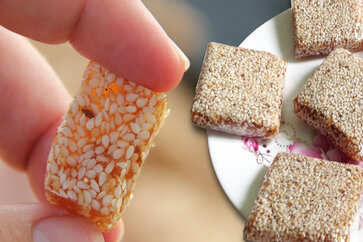



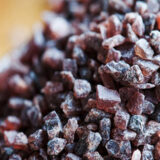

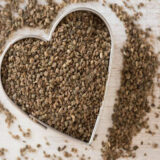

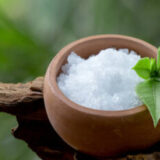

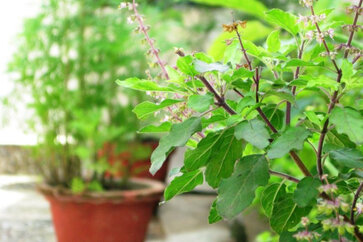
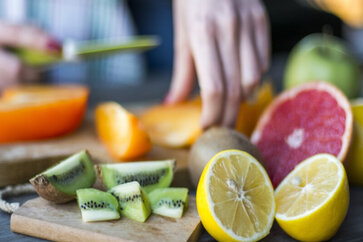




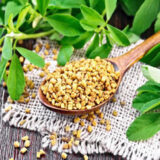





Ayurveda is a miracle and the miracle of ayurveda is Triphala. A unique combination of three fruits in the dried form obtained from three herbs that can act in generally all diseases.